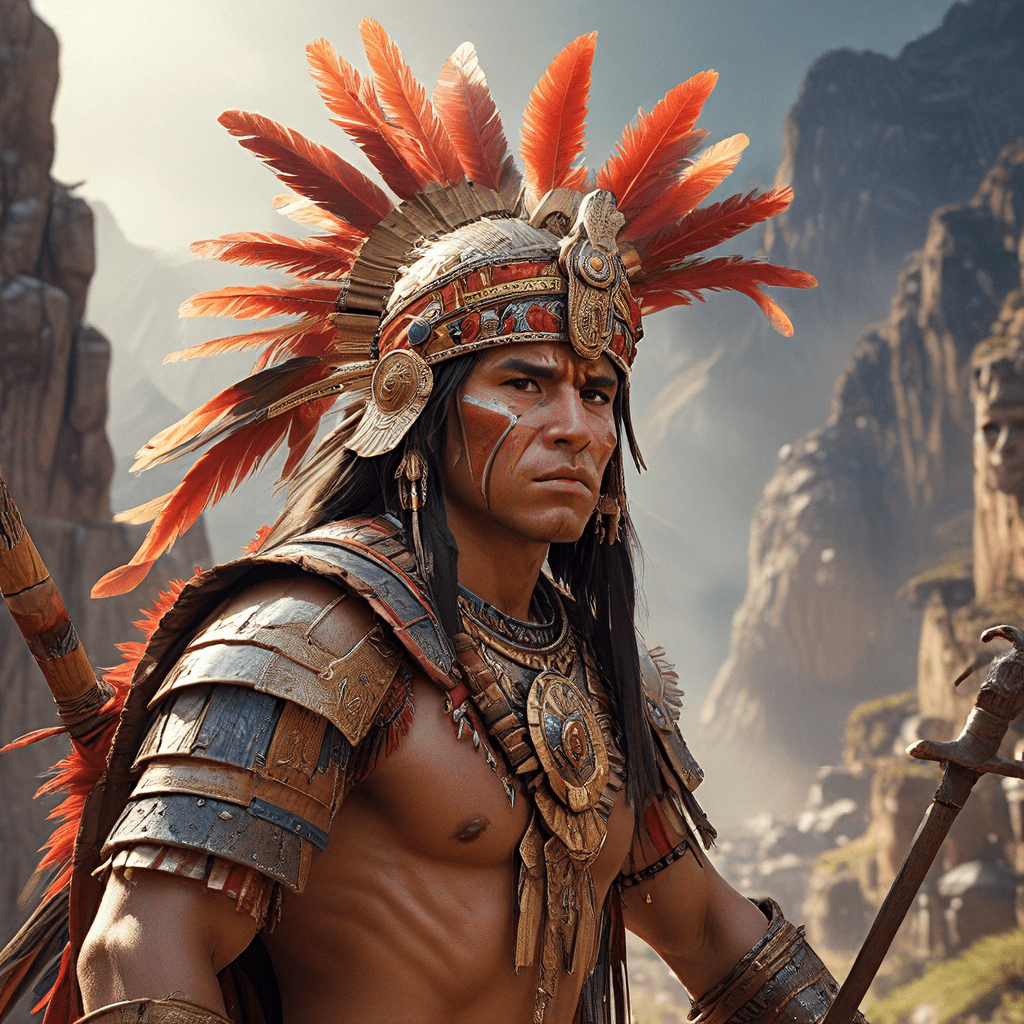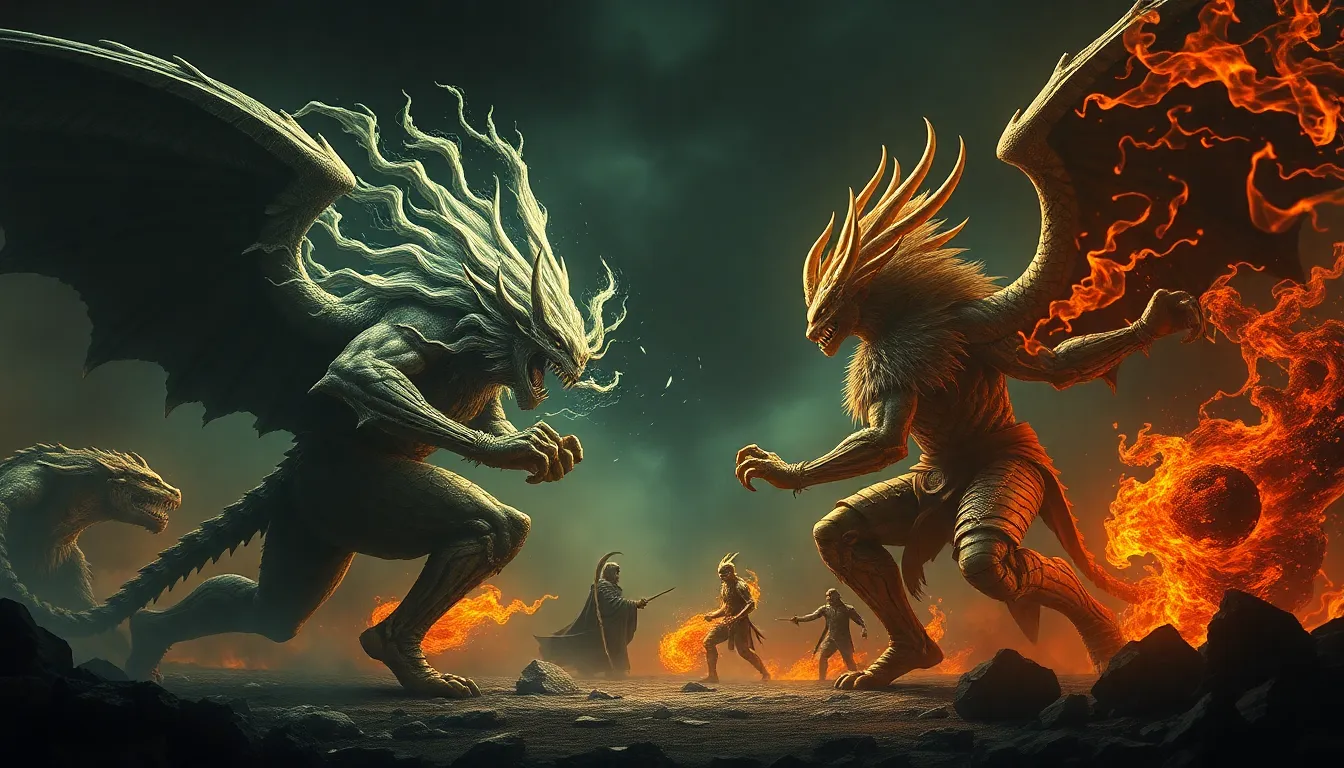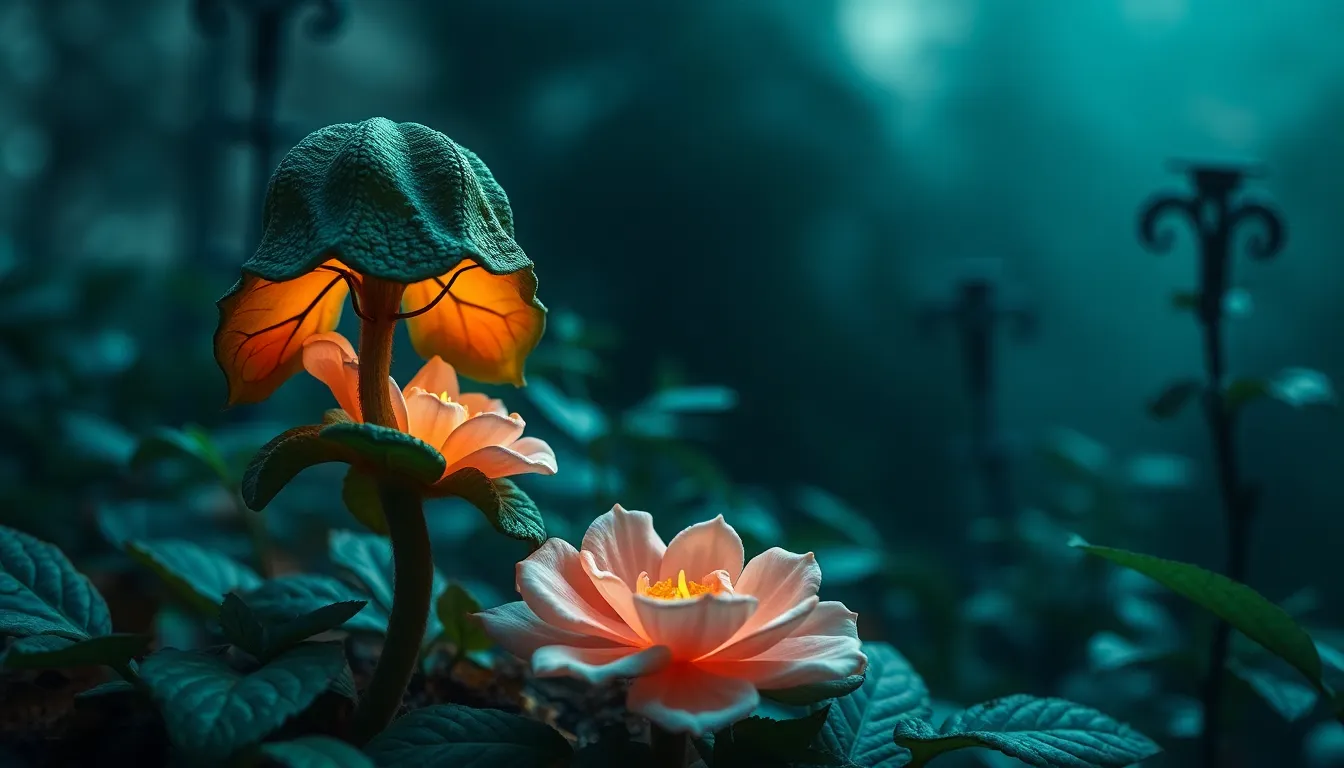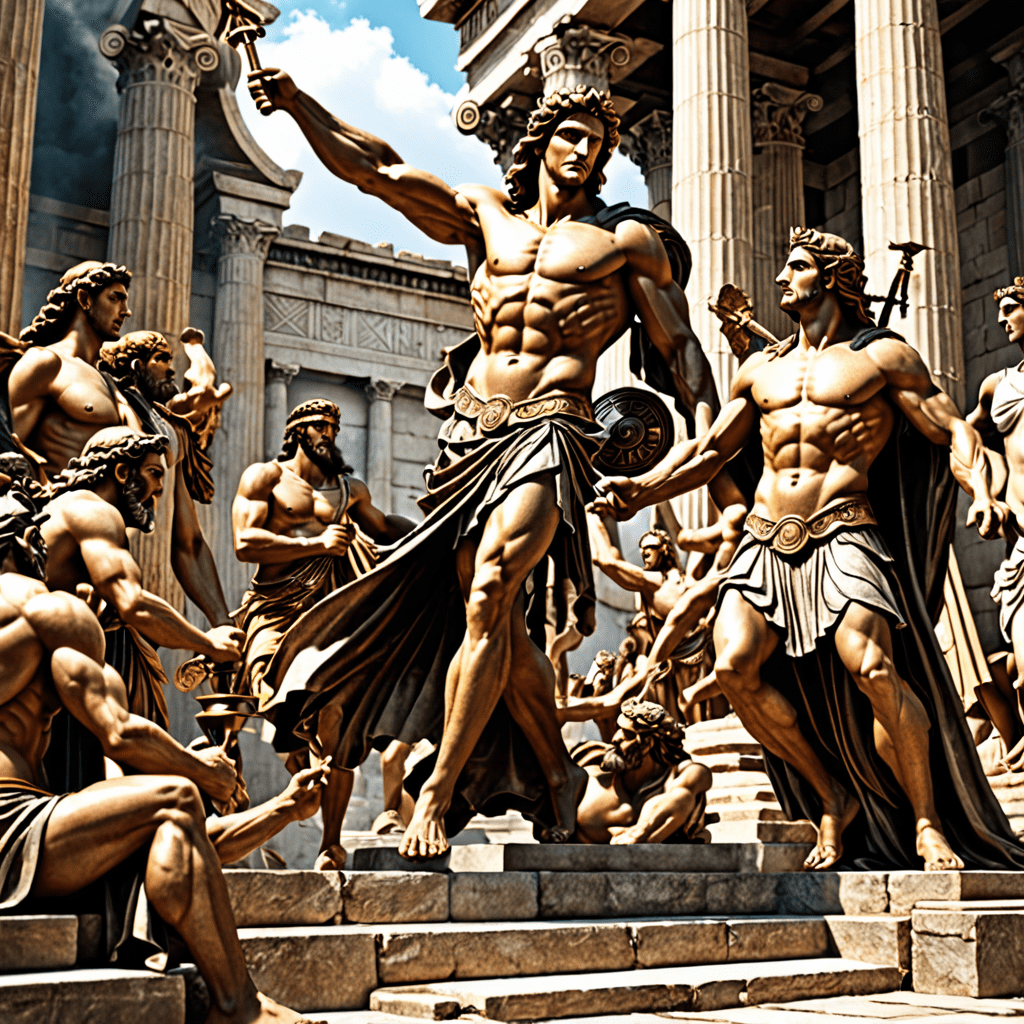Incan Mythological Warfare: Legends of Honor and Bravery
The Inca Empire, a vast and powerful civilization that once dominated the Andes Mountains of South America, left behind a rich tapestry of myths and legends. These stories, passed down through generations, provide a fascinating glimpse into Incan beliefs about the world, their gods, and their understanding of warfare. While history records their impressive military achievements, it's their captivating mythology that reveals the true depth of their cultural values, particularly their respect for honor and bravery on the battlefield.
The Incan Pantheon: A World of Gods and Their Battles
The Incan pantheon was a complex web of deities, each with their own unique roles and powers. These gods played a vital part in Incan life, influencing everything from agriculture to war. Their mythology was filled with stories of epic battles between gods, shaping the landscape and establishing the order of the world. These divine conflicts served as a blueprint for human behavior, especially in the context of war.
Inti and the Sun Warriors: The Heart of Incan Military Power
Inti, the sun god, held a prominent place in the Incan pantheon. He was worshiped as the source of life, light, and warmth, and his power extended to the realm of warfare. The Incan warriors, known as the "Sun Warriors," believed that Inti empowered them to fight with courage and strength. They saw themselves as extensions of the sun's energy, bringing light and order to the world through their military prowess. Their battles were not just about conquering territory, but about upholding divine order and defending the realm of Inti.
Viracocha, the Creator God: Shaping the World and its Warriors
Viracocha, the creator god, was another central figure in Incan mythology. His influence was felt across all aspects of life, including the creation of the world, humanity, and the cosmos itself. He was also associated with the creation of the Incan Empire and the divine mandate that granted them the right to conquer and rule. Viracocha's role in shaping the world and its warriors gave the Incan people a profound sense of destiny and purpose.
Pachamama, the Earth Mother: Providing Sustenance and Guiding the Battle
Pachamama, the earth mother, symbolized the vital connection between humans and the natural world. She provided sustenance in the form of crops and resources, and her presence was felt in every aspect of daily life. In the context of warfare, Pachamama was seen as a guide and protector. She was believed to bestow blessings upon the Inca warriors, ensuring their victory and offering guidance in times of conflict. Her presence instilled a sense of unity with the land and a deep respect for the natural world.
The Legends of the Inca: Tales of Courage and Sacrifice
Incan mythology is brimming with stories of legendary warriors who embody the ideals of honor, bravery, and self-sacrifice. These tales, passed down through generations, served as powerful tools for shaping Incan beliefs and values. Through these stories, the Inca instilled a sense of pride and loyalty, inspiring their people to defend their empire with unwavering determination.
One of the most famous legends tells the story of Manco Capac, the first Inca emperor. He is said to have emerged from Lake Titicaca, armed with a golden staff and a divine mission to establish the Inca Empire. His journey was filled with challenges and battles, where he displayed incredible courage and leadership, uniting the various tribes under his rule. These stories emphasize the importance of unity, obedience, and respect for authority, all crucial components of the Incan social structure.
Another popular legend revolves around the warrior-king Pachacutec, known for his military genius and expansionist policies. He is credited with conquering vast territories and solidifying the Inca Empire's position as a dominant force in the Andes. His story speaks to the Incan desire for power, expansion, and the importance of achieving military dominance to secure their dominion.
These legends, woven into the fabric of Incan society, served as powerful reminders of their history, their values, and their unwavering commitment to defending their empire. They instilled a deep sense of patriotism and loyalty, inspiring the Inca warriors to fight with honor and determination, even in the face of overwhelming odds.
The Mythological Origins of Warfare: Divine Mandate and Territorial Disputes
Incan mythology viewed warfare as a divinely ordained act, a reflection of the natural order of the world. Their beliefs emphasized that war was a necessary means of maintaining balance, enforcing justice, and securing their place in the cosmic order.
The Incan people believed that Inti, the sun god, had granted them the divine mandate to conquer and expand their territory. This mandate was not just about acquiring land but about spreading their culture, their beliefs, and their way of life. Their expansionist ideology was deeply intertwined with their religious beliefs, fueling their desire to conquer and dominate surrounding territories.
The Incan world was also characterized by territorial disputes, vying for control over fertile lands, resources, and trade routes. Their mythology portrayed these conflicts as battles between gods, reflecting the intense rivalry and competition that fueled territorial expansion.
The Incan belief in divine intervention in warfare instilled a sense of purpose and righteousness, motivating them to fight with unwavering commitment and sacrifice. They believed that their victories were a testament to their divine mandate, further solidifying their faith in their gods and their empire.
The Role of Shamans in Warfare: Rituals, Prophecies, and Psychological Warfare
Incan warfare was intricately interwoven with religious practices and rituals. Shamans, spiritual leaders who held immense power and influence, played a crucial role in preparing warriors for battle, providing guidance, and influencing the outcome of conflicts.
Shamans would perform elaborate rituals, invoking the blessings of the gods and seeking their favor. These rituals involved sacrifices, offerings, and incantations, all designed to enhance the warriors' courage, strength, and resilience. Shamans were also believed to possess the ability to predict the future, offering their insights to the Inca leaders, advising them on strategy and tactics.
Their role extended beyond spiritual guidance. Shamans were also skilled in psychological warfare, using their knowledge of herbs, potions, and rituals to intimidate and demoralize enemy forces. They would employ various techniques to sow fear and confusion among their adversaries, creating an advantage for the Inca warriors.
The presence of shamans on the battlefield instilled a sense of confidence and determination in the Inca warriors, boosting their morale and inspiring them to fight with unwavering faith in their gods.
The Symbolism of Weapons and Armor: Echoes of Mythological Beasts and Celestial Bodies
The Incan weapons and armor were not simply tools of war but powerful symbols imbued with deep meaning and mythological significance. They represented the warriors' connection to the divine, their strength, and their courage in battle.
The Inca armor was often adorned with intricate designs, depicting powerful animals, mythical beasts, and celestial bodies. The use of animal imagery reflected their beliefs in the power of nature and its influence on human affairs.
The Intihuatana, a sacred stone used in astronomical observations, was often incorporated into armor designs. Its presence symbolized the sun god's blessing and protection over the warrior, reminding them of their divine mandate and their connection to the cosmos.
The Inca weapons, such as the mace and the war club, were crafted with meticulous care and often adorned with feathers, shells, and other symbolic elements. The feathers, for instance, represented the swiftness and agility of birds, while the shells symbolized resilience and strength.
These symbols infused the warriors with a sense of purpose and pride, reminding them of the legacy they carried and the ideals they were fighting for. They represented the warrior's connection to the divine, their strength, and their unwavering commitment to defending their empire.
The Legacy of Incan Mythological Warfare: Echoes in Modern Culture and Identity
The legacy of Incan mythical warfare continues to resonate in modern culture and identity. Their stories, passed down through generations, have inspired numerous artistic expressions, from literature and music to dance and visual arts.
The enduring themes of honor, bravery, and self-sacrifice, woven into the fabric of Incan mythology, remain relevant to modern audiences. These themes inspire us to confront challenges with courage, to defend our beliefs with conviction, and to strive for excellence in all our endeavors.
The impact of Incan mythology on modern culture is reflected in the enduring interest in their history and civilization. Their awe-inspiring architectural achievements, their complex social structure, and their captivating mythology continue to captivate and inspire us today. The echoes of their past serve as a reminder of the enduring power of myth and its influence on shaping our understanding of the world and its people.
Theories Regarding the Influence of Myth on Incan Warfare: Historical and Anthropological Perspectives
Scholars have long debated the extent to which Incan mythology influenced their military practices and strategies. Several theories attempt to explain the complex interplay between beliefs and behavior in the context of Incan warfare.
One prominent theory suggests that mythology played a significant role in motivating and inspiring Incan warriors. The belief in divine mandate, the reverence for their gods, and the legends of heroic warriors instilled a sense of purpose and righteousness in their soldiers. This sense of divine backing gave them a psychological advantage, bolstering their morale and encouraging them to fight with unwavering determination.
Another theory emphasizes the practical aspects of Incan mythology. The rituals, prophecies, and psychological warfare tactics employed by shamans provided a tangible framework for preparing warriors for battle. The symbolic significance of weapons and armor served as a constant reminder of their connection to the divine, reinforcing their unity and their commitment to the cause.
However, it is important to note that the influence of mythology on Incan warfare was complex and multifaceted. While mythology certainly served as a powerful motivating force, it is likely that a combination of religious beliefs, social structures, and practical considerations shaped their military strategies and practices.
Exploring the intersection of mythology and warfare in the Incan civilization provides valuable insights into the role of belief systems in shaping human behavior. It reminds us that the stories we tell ourselves, the myths we embrace, and the values we hold dear can profoundly impact how we understand the world and how we act within it.
Frequently Asked Questions (FAQ)
Q: What is the significance of Incan mythology in understanding their warfare?
A: Incan mythology provides a unique lens through which to understand their beliefs about warfare. It reveals their view of war as a divinely ordained act, shaped by both divine mandate and territorial disputes. Their mythology reveals their values, such as honor, bravery, and sacrifice, which were deeply intertwined with their military practices.
Q: How did Incan mythology inspire their warriors?
A: Stories of legendary warriors, divine mandate, and the presence of shamans instilled a sense of purpose and pride in the Incan warriors. They believed that their victories were a testament to their divine favor and their commitment to their gods.
Q: What are some of the symbols used in Incan weapons and armor?
A: Incan weapons and armor were adorned with various symbols, including powerful animals, mythical beasts, and celestial bodies. These symbols reflected their reverence for nature, their connection to the cosmos, and their belief in the strength and resilience of their warriors.
Q: What is the lasting impact of Incan mythology on modern culture?
A: Incan mythology continues to inspire artists, writers, and historians, captivating audiences with its themes of honor, bravery, and self-sacrifice. The legacy of their civilization, evident in their architectural achievements, their social structure, and their rich mythology, continues to inspire us today.



